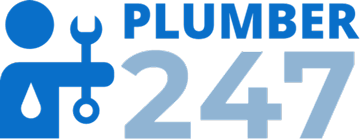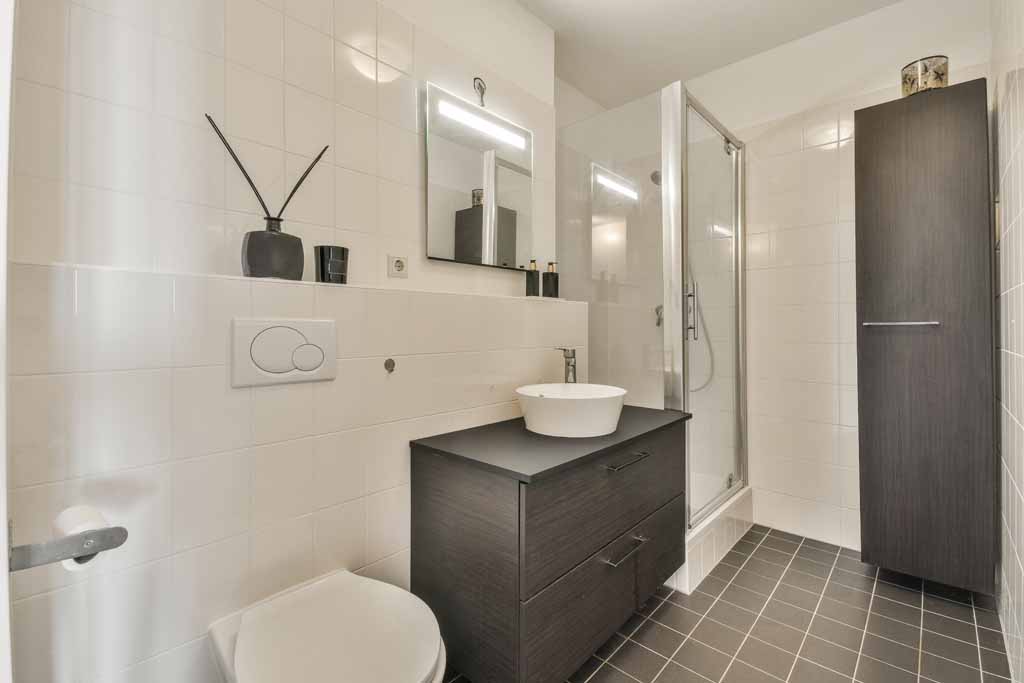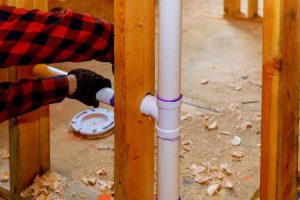Plumbing is a complicated system that can be difficult to understand. However, it would help if you had it work properly for your home to work as well. Not only does this mean having access to running water, but it also means being able to use the bathroom with ease and comfort.
Thus, it can be frustrating when you experience plumbing problems—especially if they happen repeatedly.The following article will go through some common problems with bathroom plumbing diagrams and how you can fix them yourself or with professional plumbing contractors near me will help.
How To Fix Bathroom Plumbing Diagram Problems?
When you do have a problem with your bathroom plumbing, don’t panic. It is possible to fix most of the issues yourself.
- Use the right tools. Before you start working on your plumbing, it’s essential to make sure that you have the right tools for the job. If you don’t know what devices you need to fix different things in your home, then look online or ask someone who knows those things well before starting work on any project
- Be sure to turn off the water supply.
- Shut off the main valve if needed.
- Replace washer if needed.
- Check for leaks when fixing leaking faucets or shower heads.
- Check water pressure (between 50-80 psi) and replace the pressure regulator if necessary.
- Check pipes for corrosion and replace them if needed.
If you have hard water, installing a water softener system is essential to prevent damage to your plumbing and fixtures.
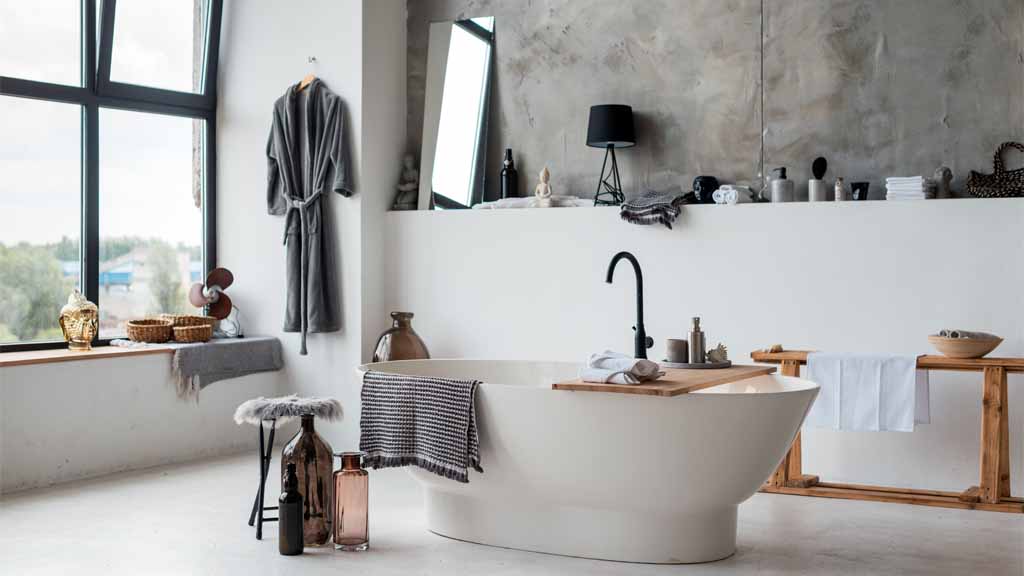
Common Bathroom Plumbing Diagram Problems Defined
Troubleshooting a plumbing diagram can be tricky, especially if you’re unfamiliar with the various components. However, once you’ve identified which portion of your house’s plumbing needs repair, it’s usually pretty easy to make a diagnosis and take action.
- Leaking faucet: If you notice that your faucet is dripping, this is likely due to a worn-out rubber washer or O-ring in its base. Replace that part and reassemble the faucet
Then turn on the water supply to check for leaks before replacing any other parts or tightening any screws or bolts in its base.
- Leaking toilet: Several things can cause a leaky toilet, including loose or worn-out bolts/nuts/screws holding the tank lid.
- The bottom seam has cracks; the seat hinges are open; the valves leading into or out have corrosion.
- Damages along its bowl rim where it meets up with walls on either side
- Broken seals around these valves’ handles because those handles have been operated repeatedly without first closing their corresponding pipes below them.
- Using ballcocks attached to those same pipes’ opposite ends (which allows air pressure inside tanks’ tubes–aided by gravity–to force liquid out through open drains).
- The best way to fix most problems here is to replace damaged parts like bowls or tank lids while replacing old ones.
- If possible it might not seem necessary, but doing so will extend how long those replacements last before needing replacement again.
Why Are These Problems So Common?
Bathroom plumbing diagram problems are common because of the system’s complexity, which wears out over time. It also has to deal with a lot of moisture, which can lead to corrosion or rust.
Bathrooms are also typically small spaces that aren’t ideal for installing extensive ventilation systems. Each fixture in your bathroom uses water from a common source, so problems with any one element will affect everything else connected to that part of the plumbing system.
ADD CTA HERE
Shared bathroom plumbing problems include:
- clogged drains
- low water pressure
- leaking faucets and pipes
How To Handle
- Leaky faucet
- Leaking toilet
- Leaking shower
- Leaking sink
- A leaky pipe or plumbing leak in the wall or flooring (such as a basement)
- Clogged toilet – This can happen to anyone, but it’s essential to clear out the clog before it becomes an even bigger problem that could damage your home or cost more money than necessary for repairs.
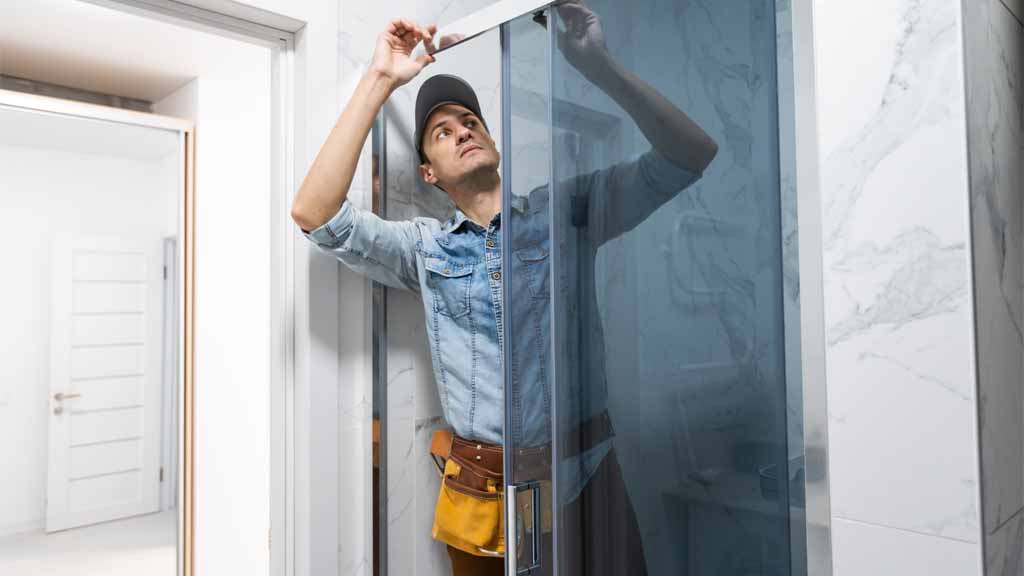
Bathroom Plumbing Diagram
A bathroom plumbing diagram is a diagram of the plumbing in a bathroom. It shows your bathroom’s pipes, valves, drains, and fixtures. It also shows where all the lines connect to the main water supply pipe.
A bathroom plumbing diagram is also called a floor plan drawing or floor plan design (architects) and a site plan (builders).
Leaky faucets and pipes can lead to a lot of damage if left untreated. If your bathroom sink or tub leaks, it will cause water damage underneath the cabinetry, which may lead to mold growth. Similarly, clogged drains create a breeding ground for bacteria, spreading through the entire system.
How To Fix Common Bathroom
A malfunctioning toilet can be an absolute nightmare. You might have a clogged toilet, a leaking fill valve, or no water.
Let’s look at some of the most common problems associated with toilets and how you can fix them.
Clogged drain – There are several reasons, including hair and soap scum. A clogged drain can lead to water backup in your home or flooding outside. Also, ensure your toilet’s tank lid is on correctly and not just loosely sitting there.
If it’s loose, it could fall off when you flush your toilet, causing water from inside tank tubes to flow out into surrounding areas as well (which could result in damage).
Leaking toilet: A leaking toilet can occur by several things, including loose or worn-out bolts/nuts/screws holding down the tank lid; cracks along its bottom seam; loose hinges holding up its seat; corrosion around any valves leading into or out of it.
The bowl’s rim has cracks where it meets the walls at either end (usually due to improper flushing techniques). They have been repeatedly operated without proper operation, resulting in broken handles. Using a bathroom plumbing diagram, you can see how your bathroom’s pipes, fixtures, and other components fit together.
It can help you determine if there are any problems with your current system or if it needs to be updated if you have a slow-flushing toilet; it could be due to several reasons.
Check your tank’s water level and ensure it’s not too low. If it is, adjust the setting, so more water flows into the bowl with each flush.
Here is the summary of common bathroom problems and solutions regarding the bathroom plumbing diagram.
Here is the summary of common bathroom problems and solutions regarding the bathroom plumbing diagram.
How to fix bathroom plumbing diagram problems?
- Identify a clogged vent line. You can identify a clogged vent by looking at the vents near your toilet, or if you have garbage disposals, they will attach to a pipe that goes through your sink or tub.
- You can take off the cover plate and look inside for any debris or residue blocking the airflow into the vent line. If there is any blockage, use an auger tool to clear it.
- Identify a faulty trap seal in floor drains or sink traps: A faulty trap seal means that water has not been able to drain correctly from your sinks and tubs due to a buildup of mineral deposits inside these pipes. To fix this problem, try using bleach regularly when cleaning them out using either vinegar or baking soda (both are very effective cleaners
- It will help remove any buildup so that water drains out more quickly, preventing future clogs from regularly occurring when cleaning.
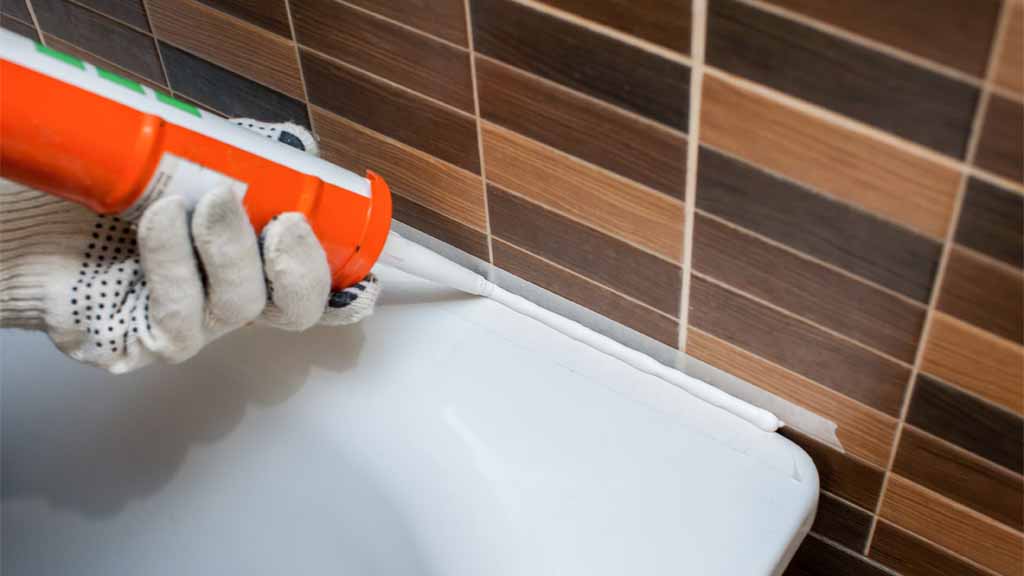
How To Fix Common Bathroom Plumbing Problems?
How to fix common bathroom plumbing problems? This article will discuss some of the most common issues you will run into regarding your bathroom plumbing. Knowing how these things work is always a good idea to identify them quickly and understand what needs to happen.
How do I identify a clogged vent? An air trap is one of the first things you must look for to identify a clogged vent pipe.
So that water does not enter your house when there is no use for it, this will allow air from outside to enter.
If this pipe gets blocked, there will be no way for air out of the toilet tank, so eventually, everything would overflow onto the floor, which could cause severe damage depending on how long it took before someone came along and fixed their problem.
When looking at a clogged vent line, all you need is some tool, like maybe just an old coat hanger wire or even perhaps just something as simple as pliers.
It would allow us access without having too much trouble removing any debris from inside because if we don’t get enough airflow through, what might happen next time someone flushes again? You could end up with another mes.
Identify a faulty vent line: A faulty vent line means an airflow problem from your toilets into your vents. To fix this problem, try using a pipe snake or auger tool to clear any blockage in the line.
How To Identify A Clogged Vent?
You should be able to identify a clogged vent by the following:
- Clogged sink overflow
- Clogged tub overflow
- Clogged toilet overflow
- Clogged shower overflow
- Sink backup
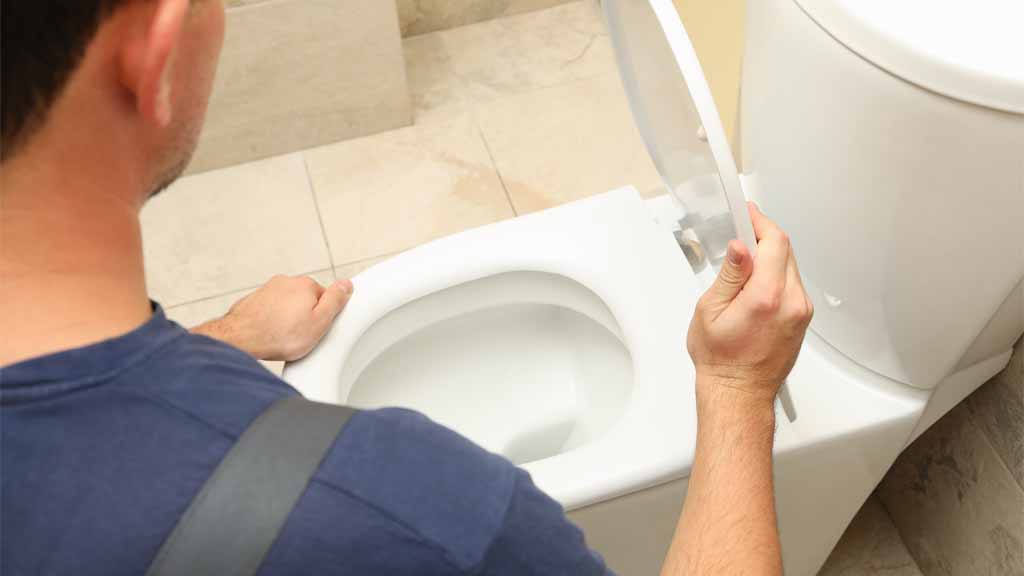
How To Identify A Faulty Trap?
A faulty trap has lost its water seal. The problem can happen when you have a leaky faucet or your toilet hasn’t received proper maintenance.
A faulty trap is easy to identify because the water level will be lower than usual in your tub or shower drain. When this happens, it allows air to enter the drain pipes and causes them to expand and contract as air pressure changes in your home, such as when you turn on your sink faucet.
These pipes’ constant expansion and contraction could eventually damage them beyond repair, requiring you to hire someone like plumbers Sydney for help.
It is essential to know how to identify a clogged vent line and what you need to do to fix it. If you don’t want any more problems with your toilet, you should check out these things, so they don’t happen again.
How To Fix Flushing Problems?
If your drains are slow or you have trouble flushing, the problem is likely a clog. You can unclog the drain with a plunger or snake. A plunger should be able to clear out most clogs.
But if it doesn’t work after several tries, use a snake to clear away any remaining debris. If neither of these methods works, call a plumber for more extensive repairs.
Washer overflow due to clogged dryer vent or clogged shower drain.
- If you’re experiencing gurgling or bubbling pipes, it could be because there is a leak somewhere. Leaks can occur anywhere in the system but are most common under sinks and in toilet bowls.
- To check for leaks, look for signs of water damage on the floor or walls around your sink and toilet fixtures. If you find any, this indicates that there is a plumbing problem that needs attention right away before it becomes worse.
- To fix these plumbing problems, you may need to replace washers; replace pipes; replace sinks or toilets, or even install an entirely new system if they are too damaged to repair effectively.
- If your drain traps are old and need replacing, it’s essential to ensure you replace them with new ones that fit correctly.

Call A Plumber If There’s Problems
Call a plumber if the problems don’t stop, and the fixes don’t work. Plumbers have the skills and knowledge to fix any issues you might encounter with your pipes, faucets, and other plumbing components.
They can also help you avoid problems in the future by inspecting your plumbing system for leaks or damage. Finally, suppose something wrong with your toilet or sink isn’t visible from looking at it under normal lighting conditions. In that case, they’ll be able to identify these issues without having to take apart anything else first.
How To Repair A Leaky Bathroom Faucet?
- Make sure your sink’s water supply is disconnected.
- Drain out all the water in your faucet by placing a bucket under it and turning it on until no more water comes out, then turn off all other taps in the house.
- Remove the aerator from your faucet by unscrewing it with an adjustable wrench and set it aside somewhere safe to dry out later so that you won’t forget where you put it!
- Clean out any debris within this little device using steel wool or a toothbrush. Depending on how clogged up with gunk some are, you may need several brushes, then reinsert this part into its rightful place before proceeding further down this guide’s list of instructions.
If you have a clogged drain, the first step is to find out what’s causing the problem. There are several ways to do this—you can use a drain snake or plumber’s auger or try plunging if you don’t have these tools on hand.
If you are experiencing strange noises from your pipes, consider cleaning them. A buildup of calcium and mineral deposits can cause this issue and require professional cleaning by a plumber.
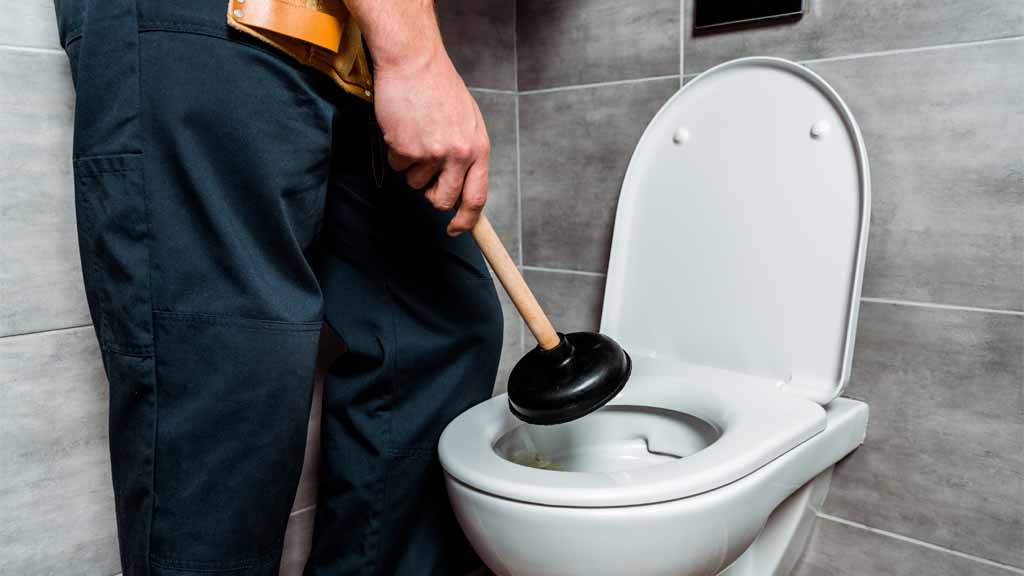
Fixing A Leaky Bathroom Sink Faucet
- Turn off the water supply to your sink.
- Remove the faucet handle by loosening the set screw with a screwdriver and unscrewing it counterclockwise.
- Remove the faucet stem by pulling it up or twisting it off clockwise (depending on your faucet model). Check inside for any debris that may be stuck there, and clean out any gunk you find with an old toothbrush or pipe cleaner. If there is nothing visible
- Replace the washer inside your new repair kit with one of similar size and shape to those already in your sink’s faucet assembly; don’t forget a new o-ring.
Fixing a leaky bathroom tub faucet
Whether your tub faucet leaks through the spout, handles, or drain, you can do a few things to stop it.
- If your bathtub faucet drips from the handle or spout, check its washer on both sides. You may need to replace these washers if they have worn out. To remove them easily, use a pair of channel-lock pliers to pinch each end of the screw head until it comes loose enough to remove with your fingers.
- If your showerhead has started spewing water like Old Faithful (or if other people in your household have complained about excessive water usage), try cleaning out its aerator. This little filter piece sits inside the neck of most showerheads.
- It removes its rubber gasket and unscrews it from within the opening, where it’s screwed in place by hand. Replace this gasket when you have finished cleaning out any sediments within its interior spaces. Otherwise, dirt particles will eventually clog up everything again.
If you’re still having trouble, check your faucet for leaks. Suppose water is leaking out of the bottom of the base or just below where the handle is attached.
In that case, you may need to replace or repair a damaged washerIf your bathtub faucet is leaking through its drain, try removing the cap and cleaning out any hair or dirt clogging it up. If this doesn’t help, you’ll probably need to replace the rubber stopper inside.
Conclusion
The first step in dealing with your bathroom plumbing diagram problems is to determine the location of the problem. The process may seem simple, but it’s not always easy to do, especially if you are unfamiliar with your home’s plumbing system.
If you have any doubt about where the problem is coming from, consult a professional plumber who can identify it quickly and accurately without causing further damage in other areas of your home.
